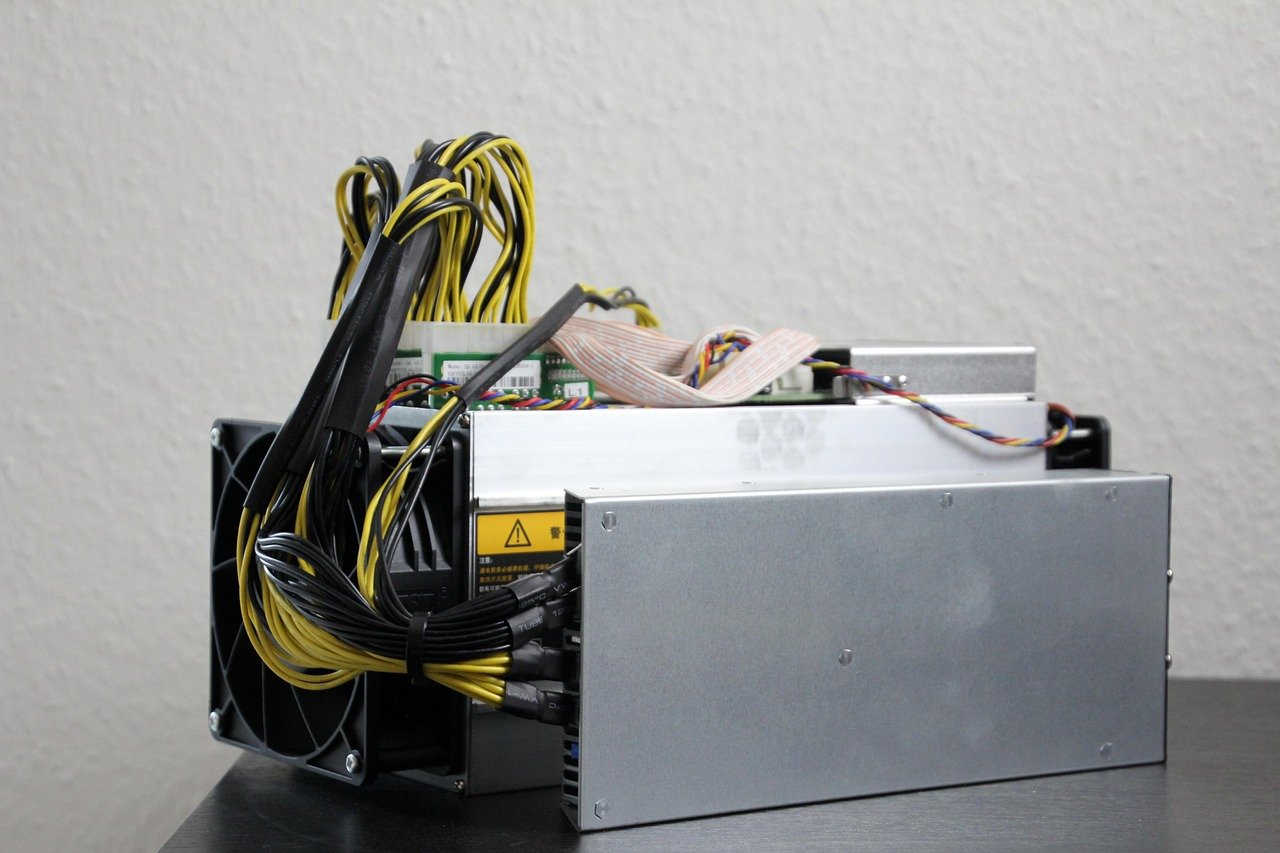Hodling, a term born from a typo in the early days of Bitcoin, has evolved from a simple misspelling to a core investment strategy embraced by cryptocurrency enthusiasts worldwide. It represents a steadfast belief in the long-term potential of a digital asset, often weathering market volatility with unwavering conviction. But what exactly does “hodling” entail, and why has it become such a prominent philosophy in the crypto space? Let’s delve into the details.
What is Hodling?
The Origin of “Hodl”
Hodling originated from a drunken post on a Bitcoin forum in 2013, where a user misspelled “holding” as “hodling.” The post went viral, and the misspelling stuck, becoming a meme and then a legitimate term for a buy-and-hold strategy in cryptocurrency investing. It’s no longer seen as a mistake but as a symbol of resilience in the face of market dips.
Defining the Hodl Strategy
Hodling is a passive investment strategy where investors buy cryptocurrencies and hold them for an extended period, regardless of market fluctuations. It’s based on the belief that the long-term value of the asset will outweigh any short-term losses.
- Key Principles of Hodling:
Long-term perspective: Focusing on the potential of the asset over years, not days or weeks.
Ignoring short-term volatility: Resisting the urge to sell during price dips.
Conviction in the asset: Believing in the fundamental value and future growth of the cryptocurrency.
Minimal trading: Avoiding frequent buying and selling, which can incur fees and increase risk.
Hodling vs. Trading
While hodling is a long-term strategy, trading involves actively buying and selling cryptocurrencies to profit from short-term price movements. Traders analyze market trends, use technical indicators, and often employ leverage to maximize potential returns.
- Hodling: Passive, long-term, low-frequency trading.
- Trading: Active, short-term, high-frequency trading.
Hodling suits investors who are risk-averse, have limited time to monitor the market, and believe in the long-term growth potential of their chosen cryptocurrencies. Trading, on the other hand, requires a significant time commitment, knowledge of market analysis, and a higher tolerance for risk.
Why People Choose to Hodl
Belief in Long-Term Value
The primary reason people hodl is their conviction in the long-term value of the cryptocurrency. They believe that the technology, adoption rate, or underlying use case of the asset will eventually lead to significant price appreciation.
- Examples of cryptocurrencies often associated with hodling:
Bitcoin (BTC): As the first and most established cryptocurrency, many believe it will continue to be a store of value.
Ethereum (ETH): Due to its smart contract capabilities and role in decentralized applications (dApps), Ethereum is seen as a key player in the future of blockchain technology.
Avoiding Emotional Decisions
Market volatility can trigger emotional responses, leading investors to make rash decisions, such as selling during a downturn. Hodling encourages investors to detach from these emotions and stick to their long-term investment plan.
Reducing Transaction Costs
Frequent trading can rack up transaction fees, impacting overall returns. Hodling minimizes these costs by reducing the frequency of trades. Exchanges typically charge a fee for each buy and sell order, so holding for the long term can save a substantial amount.
Simplicity and Time Savings
Hodling is a relatively simple strategy that requires less time and effort than active trading. Investors don’t need to constantly monitor market charts or stay up-to-date with the latest news. They simply buy and hold, allowing them to focus on other aspects of their lives.
Potential Benefits of Hodling
Potential for High Returns
If the cryptocurrency’s value appreciates significantly over time, hodlers can potentially achieve substantial returns. While past performance isn’t indicative of future results, early adopters who hodled Bitcoin, for example, have seen exponential growth.
Passive Income Opportunities
Some cryptocurrencies offer staking or dividend rewards, allowing hodlers to earn passive income while holding their assets. Staking involves locking up a certain amount of cryptocurrency to support the network’s operations and earn rewards in return.
Reduced Stress
By avoiding the stress of constant trading and market monitoring, hodlers can enjoy a more relaxed investment experience. The psychological benefits of not constantly worrying about price fluctuations can be significant.
Portfolio Diversification
Hodling cryptocurrencies can diversify an investment portfolio, reducing overall risk. Including digital assets in a portfolio can provide exposure to a different asset class that may not be correlated with traditional markets.
Risks Associated with Hodling
Market Volatility
The cryptocurrency market is known for its volatility, and prices can fluctuate dramatically in short periods. Hodlers need to be prepared to withstand significant price drops without panicking and selling.
Risk of Loss
There is always the risk that the cryptocurrency’s value could decrease permanently, resulting in a loss of investment. Factors such as regulatory changes, technological advancements, or loss of community support can negatively impact a cryptocurrency’s price.
Opportunity Cost
By hodling a particular cryptocurrency, investors may miss out on other investment opportunities that could provide higher returns. The opportunity cost of holding an asset that underperforms compared to other potential investments is a risk to consider.
Security Risks
Cryptocurrencies are susceptible to theft or hacking. It’s crucial for hodlers to store their assets in secure wallets and take precautions to protect their private keys. Using hardware wallets and enabling two-factor authentication can help mitigate these risks.
Conclusion
Hodling is a popular investment strategy in the cryptocurrency world, built on the belief in the long-term value of digital assets. While it offers potential benefits like high returns, passive income, and reduced stress, it also comes with risks such as market volatility and the potential for loss. Understanding the fundamentals of hodling, weighing its pros and cons, and assessing your own risk tolerance are crucial steps before adopting this investment approach. Always conduct thorough research and consider consulting with a financial advisor before making any investment decisions. Hodling is not a “get rich quick” scheme, but a long-term commitment that requires patience, conviction, and a solid understanding of the cryptocurrency market.



